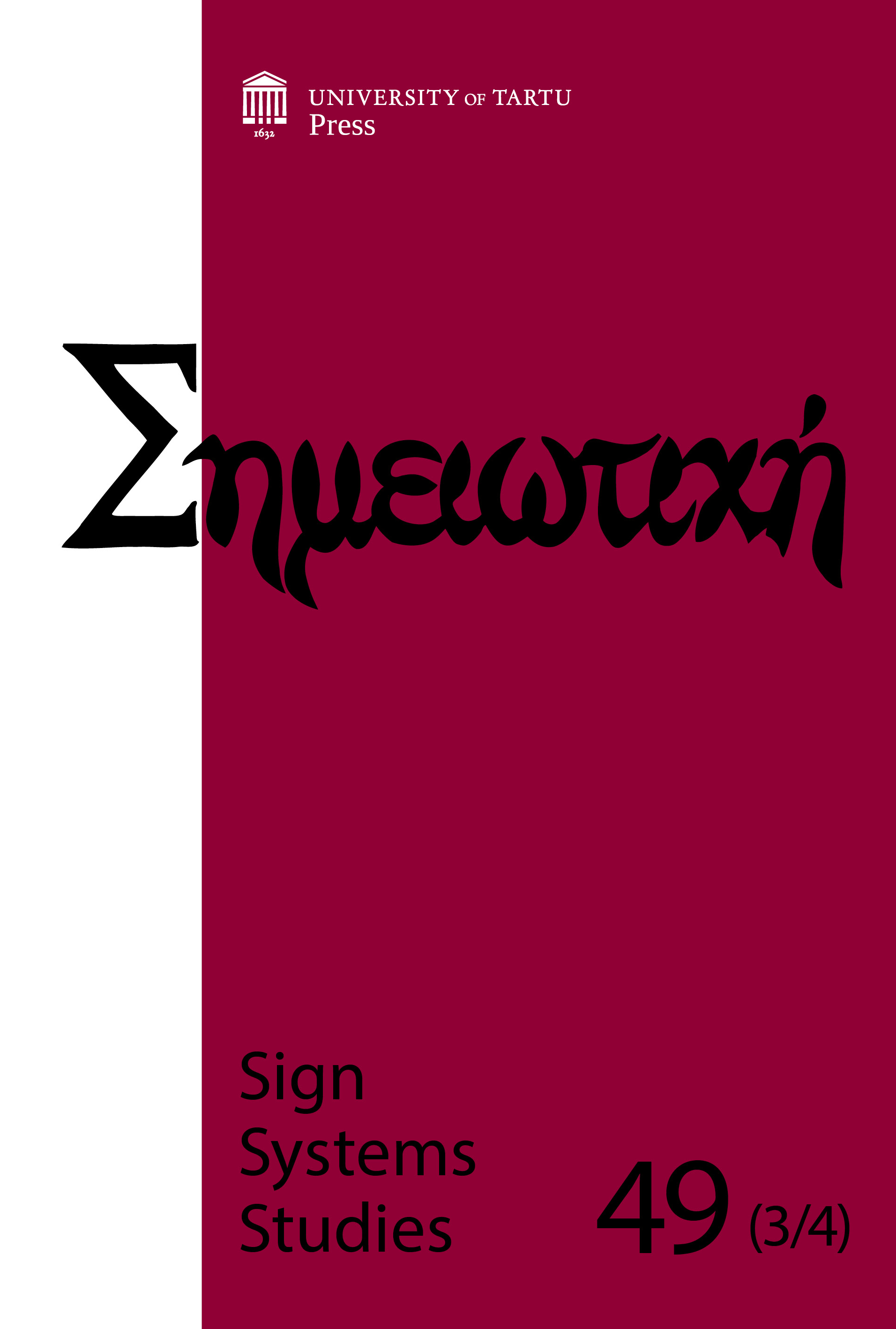Culturally significant symbolic faces: For a sociosemiotics of faces in films
DOI:
https://doi.org/10.12697/SSS.2021.49.3-4.09Keywords:
sociosemiotics, cultural models, narrative structures, structuralism, symbolic facesAbstract
Every now and then when watching a movie, we come across faces in which we recognize a significant value, because they represent some important cultural models we use to assign meaning to our experience of the world. By way of example, I will discuss the faces of the protagonists of two recent films, Abdellatif Kechiche’s La vie d’Adèle. Chapitres 1 & 2 (2013; English title Blue Is the Warmest Colour) and Léonor Sérraille’s Jeune femme (2017), comparing them with the faces of the protagonists of some older movies, such as Andrew Adamson and Vicky Jenson’s Shrek (2001) and James Cameron’s Avatar (2009). I will argue that the way in which the faces are portrayed is similar to the narrative structure of the stories of the characters they belong to, and that the signs and narrative structures used to construct the discourses about the world in those films are at the same time similar to those of two important cultural models of what it means to be young men and women in our times. As these cultural models are different, yet interconnected, I will argue that the most meaningful faces in cinema change due to the transformation of the cultural models they derive from and that a sociosemiotic method based on a structuralist vision of culture can help identify the most culturally significant symbolic faces on screen, and elsewhere.


